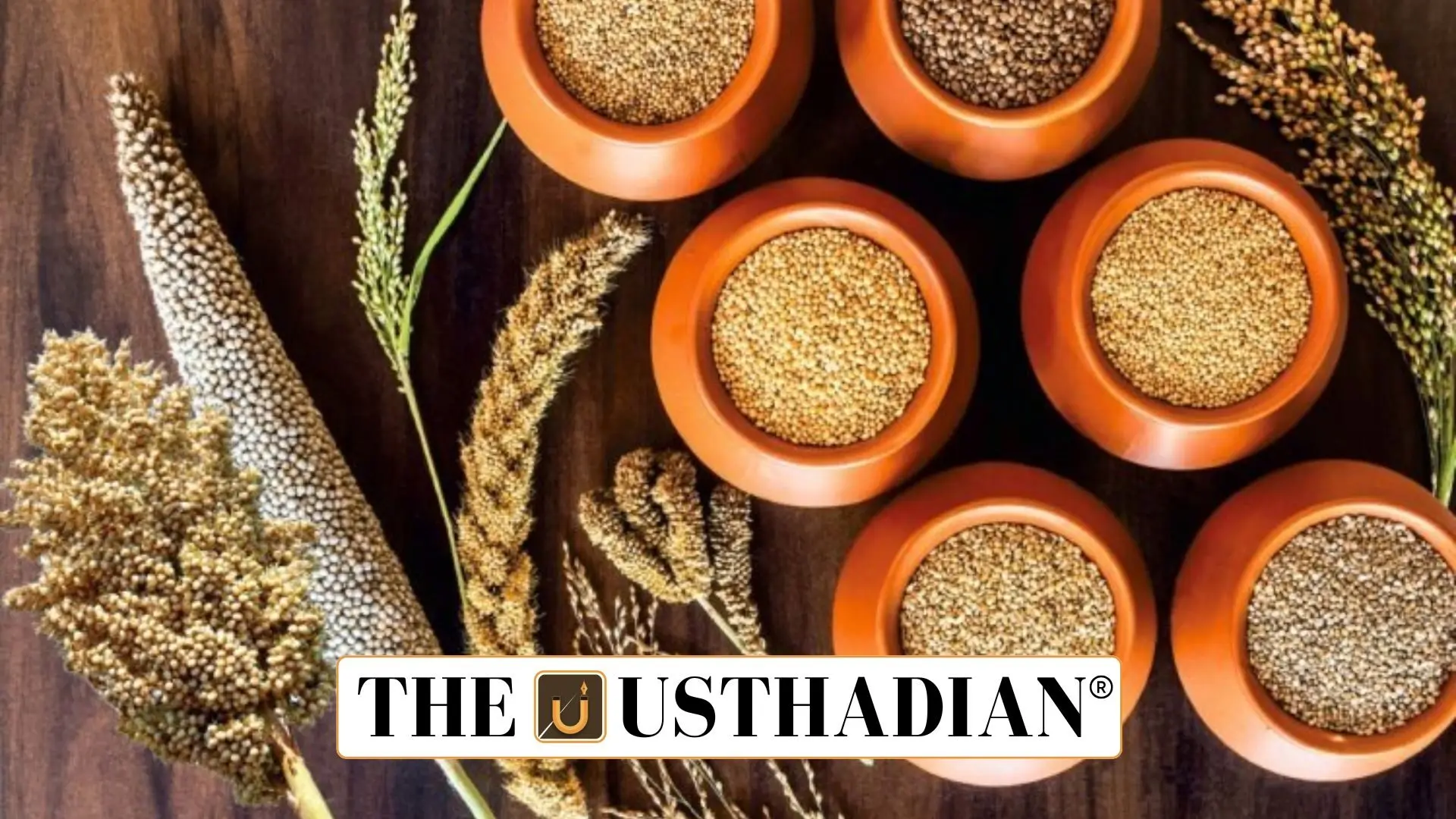Importance of millets in India
Top 5 Millets Producing States in India 2025: Millets have always been part of India’s traditional diet, especially in dry and semi-arid regions. These nutrient-rich grains are making a strong comeback due to their health benefits and climate resilience. Unlike paddy or wheat, millets need less water, grow faster, and can thrive in poor soil conditions.
In a country where farming often depends on the monsoon, millets are a natural solution to food security. Rich in fiber, iron, calcium, and antioxidants, they also support rural nutrition. In 2024, India produced 15.38 million metric tons of millets over 12.19 million hectares — a clear sign of their rising demand.
Rajasthan leads the way
Rajasthan tops the chart by producing about 27% of India’s millets. The state is famous for Bajra (Pearl Millet), which grows well in sandy, dry soil. It’s a staple food in many rural households and is also used as animal fodder. From Thar desert villages to city kitchens, bajra rotis remain a dietary favorite.
Karnataka’s focus on Ragi
Karnataka ranks second with 18% of millet production, mainly Ragi (Finger Millet). This millet is a local superfood and is used in traditional dishes like ragi mudde and ragi dosa. Thanks to state-led support programs, more farmers are turning to Ragi for its nutritional value and steady market.
Maharashtra’s Jowar fields
Maharashtra contributes 14% to the national millet pool, with a stronghold in Jowar (Sorghum) cultivation. Regions like Solapur, Nanded, and Beed are known for their Jowar bhakris — a common meal in both urban and rural homes. The state is actively promoting millet farming through seed distribution and training camps.
Millet farming in Uttar Pradesh
Uttar Pradesh accounts for 12% of India’s millet output. The western parts of the state — such as Aligarh, Hathras, and Etah — grow large areas of Bajra. Here, Bajra is both a staple food and a rural employment source. Government schemes are encouraging more farmers to take up millet cultivation to boost climate-resilient farming.
Gujarat’s growing millet base
Gujarat produces 7% of India’s millets, primarily Pearl Millet. The dry terrain and sandy soil suit this crop well. As more farmers shift from water-heavy crops, Bajra is becoming a profitable alternative. It’s widely used in making rotis, khichdi, and snacks.
Static Usthadian Current Affairs Table
| State | Millets Grown | Contribution to National Output | Key Regions |
| Rajasthan | Bajra (Pearl Millet) | 27% | Barmer, Jodhpur |
| Karnataka | Ragi (Finger Millet) | 18% | Mandya, Chitradurga |
| Maharashtra | Jowar (Sorghum) | 14% | Solapur, Beed, Nanded |
| Uttar Pradesh | Bajra (Pearl Millet) | 12% | Aligarh, Hathras, Etah |
| Gujarat | Bajra (Pearl Millet) | 7% | Bhavnagar, Surendranagar |








